O. C. Zienkiewicz, R. L. Taylor9780750650557, 0-7506-5055-9, 0750650494, 0750650508
Table of contents :
Preface to Volume 2……Page 16
1.1 Introduction……Page 18
1.2 Small deformation non-linear solid mechanics problems……Page 20
1.3 Non-linear quasi-harmonic field problems……Page 29
1.4 Some typical examples of transient non-linear calculations……Page 31
1.5 Concluding remarks……Page 37
2.1 Introduction……Page 39
2.2 Iterative techniques……Page 40
3.1 Introduction……Page 55
3.2 Viscoelasticity – history dependence of deformation……Page 56
3.3 Classical time-independent plasticity theory……Page 65
3.4 Computation of stress increments……Page 73
3.5 Isotropic plasticity models……Page 78
3.6 Generalized plasticity – non-associative case……Page 85
3.7 Some examples of plastic computation……Page 88
3.8 Basic formulation of creep problems……Page 92
3.9 Viscoplasticity – a generalization……Page 95
3.10 Some special problems of brittle materials……Page 101
3.11 Non-uniqueness and localization in elasto-plastic deformations……Page 105
3.12 Adaptive refinement and localization (slip-line) capture……Page 110
3.13 Non-linear quasi-harmonic field problems……Page 118
4.1 Introduction……Page 128
4.2 The plate problem: thick and thin formulations……Page 130
4.3 Rectangular element with corner nodes (12 degrees of freedom)……Page 141
4.5 Triangular element with corner nodes (9 degrees of freedom)……Page 145
4.6 Triangular element of the simplest form (6 degrees of freedom)……Page 150
4.7 The patch test – an analytical requirement……Page 151
4.8 Numerical examples……Page 155
4.10 Singular shape functions for the simple triangular element……Page 162
4.11 An 18 degree-of-freedom triangular element with conforming shape functions……Page 165
4.12 Compatible quadrilateral elements……Page 166
4.13 Quasi-conforming elements……Page 167
4.14 Hermitian rectangle shape function……Page 168
4.15 The 21 and 18 degree-of-freedom triangle……Page 170
4.16 Mixed formulations – general remarks……Page 172
4.17 Hybrid plate elements……Page 174
4.18 Discrete Kirchhoff constraints……Page 175
4.19 Rotation-free elements……Page 179
4.20 Inelastic material behaviour……Page 181
4.21 Concluding remarks – which elements?……Page 183
5.1 Introduction……Page 190
5.2 The irreducible formulation – reduced integration……Page 193
5.3 Mixed formulation for thick plates……Page 197
5.4 The patch test for plate bending elements……Page 200
5.5 Elements with discrete collocation constraints……Page 204
5.6 Elements with rotational bubble or enhanced modes……Page 213
5.7 Linked interpolation – an improvement of accuracy……Page 216
5.8 Discrete ‘exact’ thin plate limit……Page 219
5.9 Performance of various ‘thick’ plate elements – limitations of twin plate theory……Page 220
5.10 Forms without rotation parameters……Page 225
5.11 Inelastic material behaviour……Page 227
5.12 Concluding remarks – adaptive refinement……Page 228
6.1 Introduction……Page 233
6.2 Stiffness of a plane element in local coordinates……Page 235
6.3 Transformation to global coordinates and assembly of elements……Page 236
6.4 Local direction cosines……Page 238
6.5 ‘Drilling’ rotational stiffness – 6 degree-of-freedom assembly……Page 242
6.7 Choice of element……Page 247
6.8 Practical examples……Page 248
7.1 Introduction……Page 261
7.2 Straight element……Page 262
7.3 Curved elements……Page 268
7.4 Independent slope – displacement interpolation with penalty functions (thick or thin shell formulations)……Page 278
8.2 Shell element with displacement and rotation parameters……Page 283
8.3 Special case of axisymmetric, curved, thick shells……Page 292
8.4 Special case of thick plates……Page 294
8.5 Convergence……Page 295
8.6 Inelastic behaviour……Page 296
8.7 Some shell examples……Page 297
8.8 Concluding remarks……Page 302
9.1 Introduction……Page 306
9.2 Prismatic bar……Page 309
9.3 Thin membrane box structures……Page 312
9.4 Plates and boxes and flexure……Page 313
9.5 Axisymmetric solids with non-symmetrical load……Page 314
9.6 Axisymmetric shells with non-symmetrical load……Page 320
9.7 Finite strip method – incomplete decoupling……Page 322
9.8 Concluding remarks……Page 325
10.1 Introduction……Page 329
10.2 Governing equations……Page 331
10.3 Variational description for finitite deformation……Page 336
10.4 A three-field mixed finite deformation forumation……Page 345
10.5 A mixed-enhanced finite deformation forumation……Page 349
10.6 Forces dependent on deformation – pressure loads……Page 353
10.7 Material constitution for finite deformation……Page 355
10.8 Contact problems……Page 364
10.9 Numerical examples……Page 372
10.10 Concluding remarks……Page 376
11.2 Large displacement theory of beams……Page 382
11.3 Elastic stability – energy interpretation……Page 390
11.4 Large displacement theory of thick plates……Page 392
11.5 Large displacement theory of thin plates……Page 398
11.6 Solution of large deflection problems……Page 400
11.7 Shells……Page 403
11.8 Concluding remarks……Page 408
12.2 Pseudo-rigid motions……Page 413
12.3 Rigid motions……Page 415
12.4 Connecting a rigid body to a flexible body……Page 419
12.5 Multibody coupling by joints……Page 421
12.6 Numerical examples……Page 426
13.1 Introduction……Page 430
13.2 Description of additional program features……Page 431
13.3 Solution of non-linear problems……Page 432
13.4 Restart option……Page 445
13.5 Solution of example problems……Page 446
13.6 Concluding remarks……Page 447
A1 Principal invariants……Page 449
A2 Moment invariants……Page 450
A3 derivatives of invariants……Page 451
Author index……Page 454
Subject index……Page 462
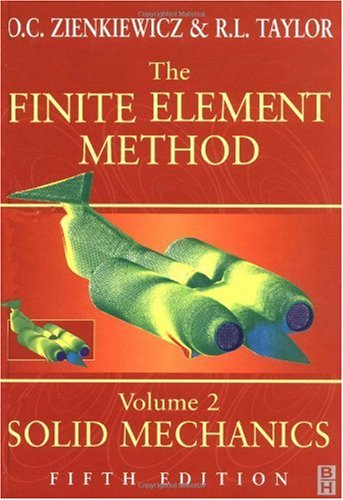
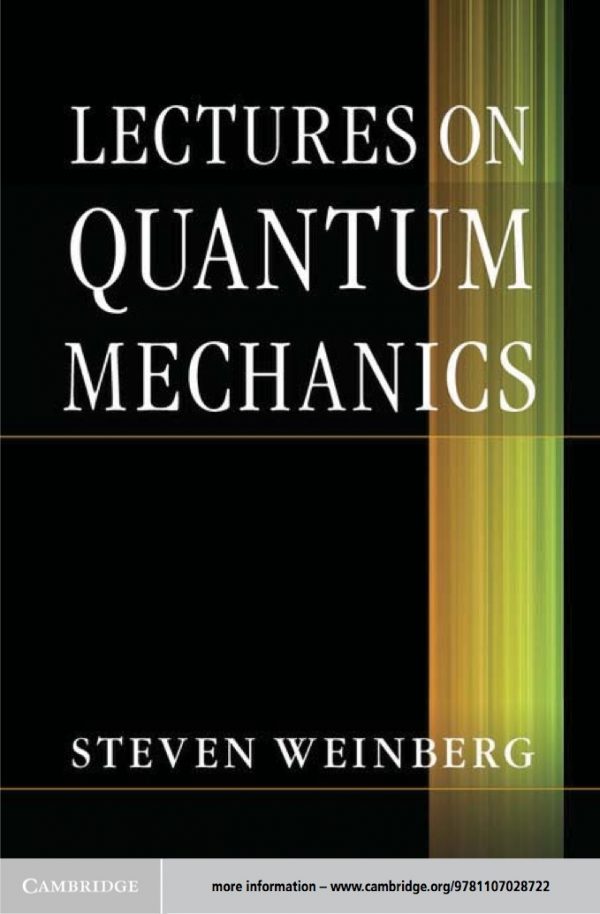

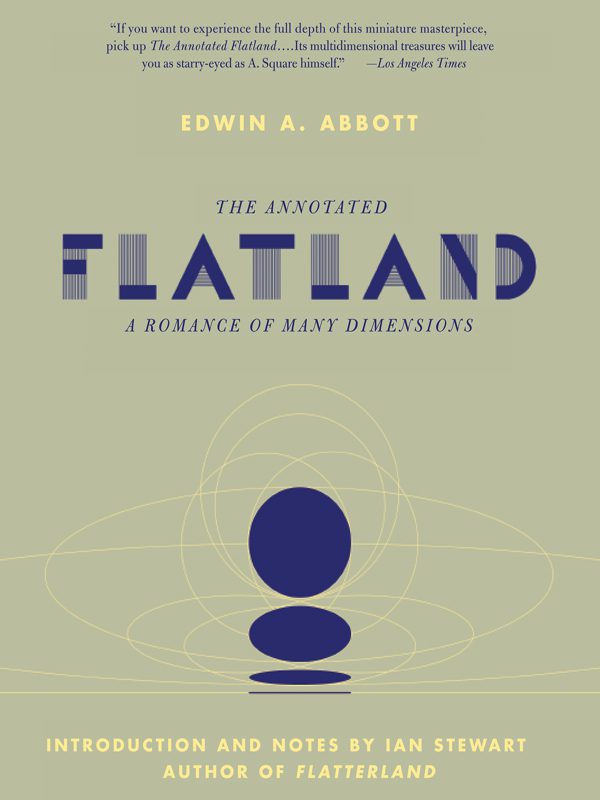
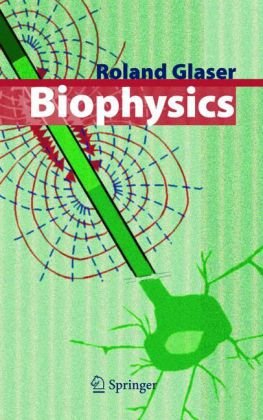

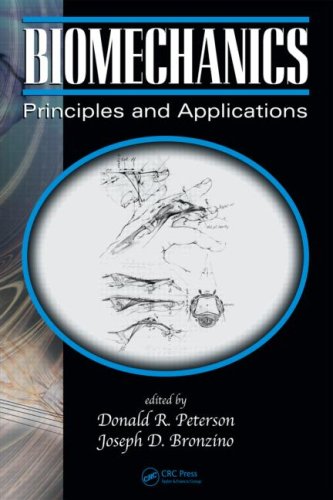
Reviews
There are no reviews yet.